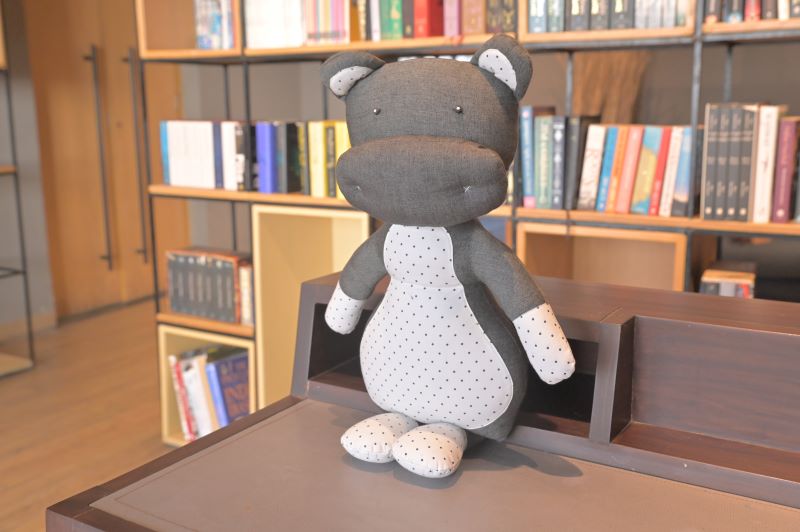
Stuffed animals are more than mere toys; they are keepsakes filled with emotions, memories, and connections to childhood. Whether they are cherished family heirlooms passed down through generations, valuable collectibles, or beloved companions for children, proper care is essential to ensure they remain soft, vibrant, and well-shaped for years to come. This guide offers tips and techniques for preserving your cuddly friends, helping them stand the test of time.
Understanding Stuffed Animal Materials
Before diving into care routines, it’s crucial to understand what stuffed animals are made of, as different materials require specific handling methods.
Fabric Exteriors
Most stuffed animals feature outer fabrics like cotton, polyester, or plush velvet. Higher-end toys might be made of mohair, cashmere, or silk, requiring delicate care to prevent wear, fading, or damage.
Stuffing Materials
The stuffing gives stuffed animals their cozy, huggable feel. Common materials include polyester fiberfill, foam beads, or wool. Premium toys may use natural fillers like feathers, cotton, or wood wool, while modern plushies might incorporate beads, mechanics, or electronics for added functionality.
Special Features
Some stuffed animals come equipped with voice boxes, sensors, or music players. Extra care is necessary to prevent water or physical damage to these electronic components during cleaning.
Understanding these components helps you choose the right cleaning and maintenance techniques to preserve your stuffed animals.
Regular Care and Cleaning
1. Dusting and Surface Cleaning
Stuffed animals often accumulate dust and dirt over time, especially when left on shelves or used frequently. Regular cleaning prevents them from looking dull and aged.
2. Spot Cleaning Stains
Accidental spills and stains are inevitable. Instead of washing the entire toy, use spot cleaning to target problem areas.
3. Machine Washing (When Safe)
Many modern stuffed animals are machine washable, but always check the care label. Use these steps for safe machine washing:
4. Hand Washing for Delicate Toys
For fragile or vintage stuffed animals, hand washing is the best method.
Conclusion
Caring for stuffed animals ensures they remain clean, soft, and attractive for years. Regular dusting, careful washing, proper storage, and timely repairs are vital to preserving their condition. These steps not only maintain the physical appearance of your plush companions but also safeguard the sentimental value they hold. By following this guide, you can cherish your stuffed animals and keep their memories alive for generations to come.